Have you ever wanted to photograph a beautiful man or woman without feeling a little awkward? Well, this lens won’t help you with that… What this lens will help you with is taking creative photographs of hidden worlds. Don’t get too excited, it’s not a key to the magical world of Narnia (that’s the 50mm f/1.8). What’s great about macro lenses is they that they open up a whole new (non magical) world of subjects, many that you can find right in your home (see below).
Macro photography is simply defined as “extreme close up photography” (Wikipedia). Photographers utilize this type of photography for everything from fine art photography to documenting subjects for scientific research. Macro lenses have the ability to turn everyday objects, like the corroded pipe below, into art.
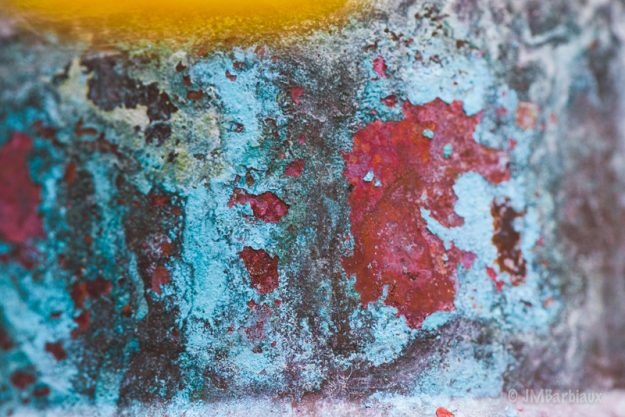 The side of a corroded pipe at Phipps Conservatory in Pittsburgh.
The side of a corroded pipe at Phipps Conservatory in Pittsburgh.
Is it sharp? Is it easy to use? Built well? Reliable? A good value? Check, check, check, check, and check! Review finished. Just kidding, keep reading.
Image Quality
The image quality of this lens is good enough for any professional application (it’s actually great). If you put this lens into a professional photographers hands, he or she will be able to do as well or better than any other photographer with any other macro lens whether it is sharper or not. Arm chair photographers will always argue over DxO ratings and pixel peep photographs but in the real world, where money is exchanged for photographs, you’ll never have a client complain about an image that could have been a shade sharper had you used a different lens. The content of the image is far more important than a sharp image that could have been just slightly sharper.*
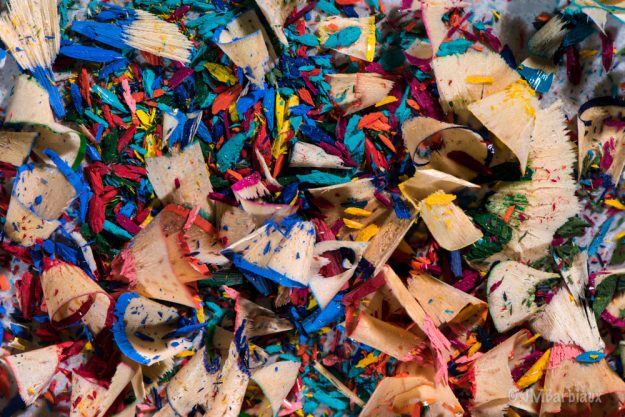 Focus stacked image of colored pencil shavings.
Focus stacked image of colored pencil shavings.
This lens has image stabilization which is a godsend when shooting by hand and is worth choosing over a less expensive lens that may not have it. Because of the extreme magnification of the lens you’ll notice camera shake much more readily in addition to the incredibly narrow depth of field (even when shooting at wide apertures… Insert technical reason here). This last point, the narrow depth of field, is important to remember as you may have the tendency to miss focus simply because you breathed in or out while shooting and moved very slightly (this is a characteristic of any macro lens).
*Obviously a photographers technical proficiency is important to clients so please don’t mistake this statement as me saying it’s okay to deliver poor quality images to clients. I suppose what I am saying is that I have worked with art firms, publications, and collectors and I have never met one that pixel peeps my work. I’m sure they are out there though…
Build Quality
The lens is built well. It does not feel as sturdy as my workhorse Nikon 16-35mm f/4 or the 70-200 f/2.8 but then I wouldn’t be taking it into the field during a blizzard or heavy rain like I would the other two. There is no mention of weather sealing on the Nikon site though fellow reviewers have said it’s got a seal so it is weather sealed… I don’t believe it is. But, it’s the internet so I highly recommending you do some research of your own to verify that I am right and it is not weather sealed.
 Ease Of Use
Ease Of Use
Point. And. Shoot… It’s that easy. There is no secret to using this macro lens, no hidden buttons or levers that need to be manipulated (though there are lenses out there that require a button press or manipulation in some way). You simply attach it to your camera like any other lens and begin firing away. Well, kind of. When you use a macro lens and you are trying to nail focus, you’ll be reminded of using a long telephoto lens… Any slight movement you make will be recorded by the lens and it’s magnification. I recommend you use a tripod, but if you shoot by hand be sure to use fast shutter speed and preferably a narrow aperture.
Versatility
It’s worth mentioning that this lens can be used for anything a camera lens can be used for. It’s a beautiful portrait lens (as most 105mm lenses would be) and creates great bokeh. Because of its versatility I can comfortably say that this lens is a great value, even at $900.
Conclusion
If you are looking for a macro lens for your Nikon kit then look no further. The lens is built well, incredibly sharp, and reasonably priced. If you have not used a macro lens and want to open up a huge new world of subjects to photograph I would highly recommend giving one a try (this one would be a great choice).
Feel free to leave your thoughts in the comments section below.

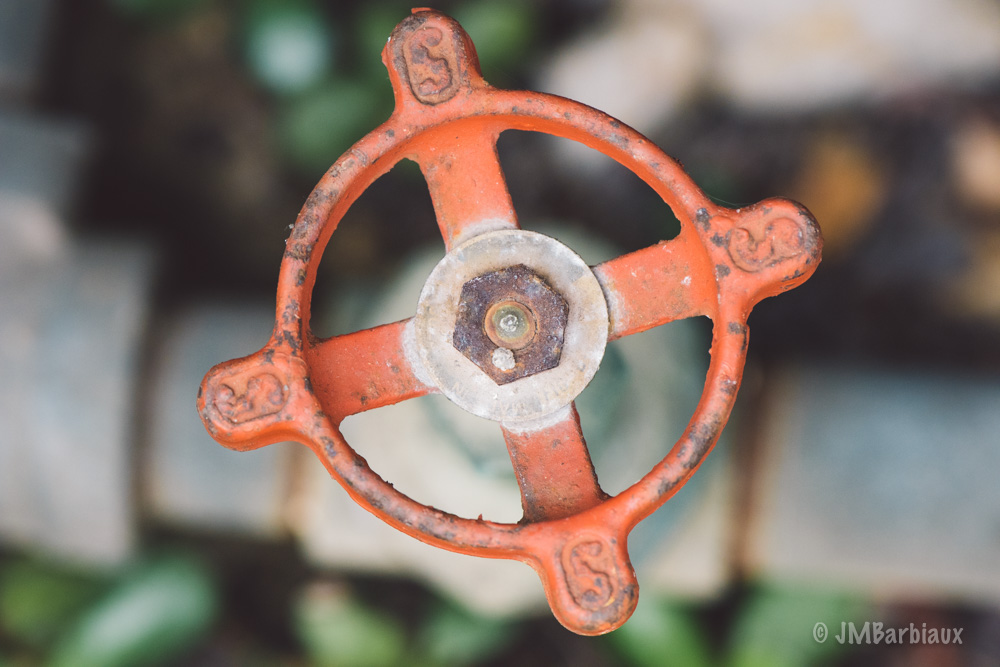
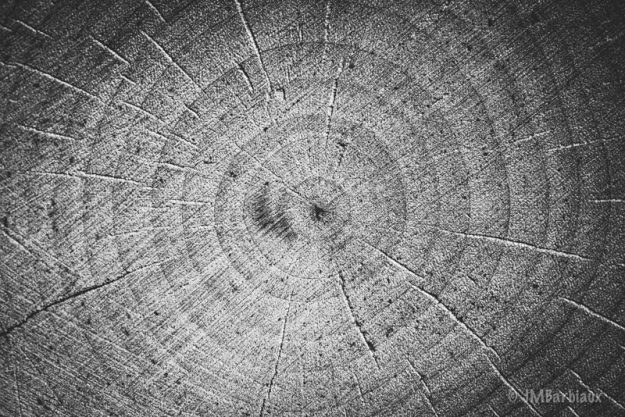
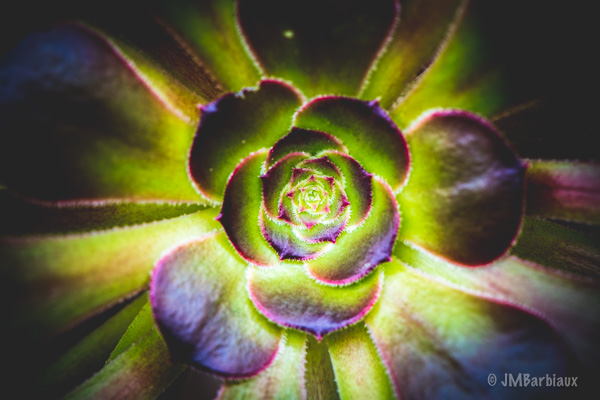
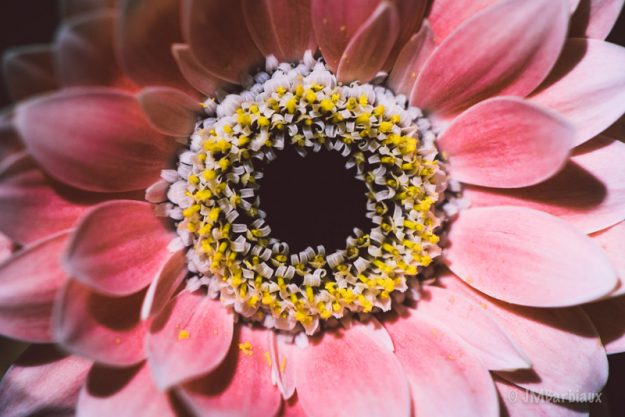
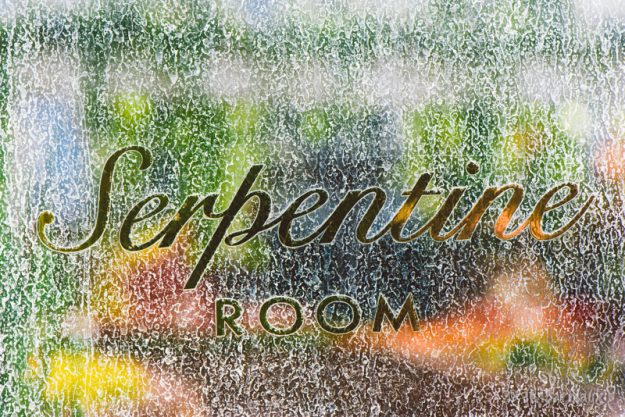
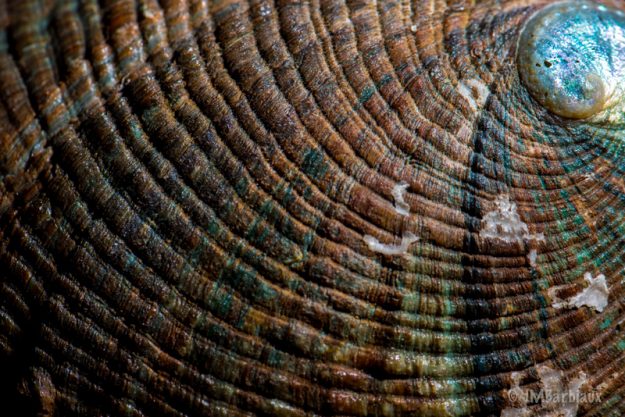

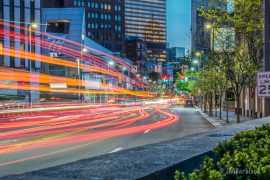
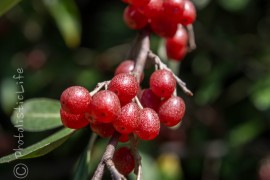
Hi John – great info as ever!
The 105mm f2.8 is one of my favourite lenses – not just for macro work, either.
It makes a great everyday lens /single carry as an alternative to a 50mm, and takes superbly crisp portraits with pleasing bokeh, too. I’m inclined to say that this would be my choice if I could only carry a single lens, due to the flexibility and opportunity to use it for macro as well as general shots.
Still using the Df? Or did you get another Nikon digital? Thought you went all in on Leica!!!
Great question… My Df has been in my wife’s camera bag as of late and I’ve been shooting 99% of my stuff with a Leica. Anything that I don’t shoot with a 35mm lens is taken with the Nikon D810. I’m hoping that Nikon releases a new Df this fall that has a little larger sensor so I can switch back to it for all my work, it’s the best camera I’ve ever used (needed a larger sensor for larger prints for clients so had to switch tools).
Thanks- it’ll be interesting to see what happens with Nikon. The Df was close to being perfect…
Agreed, I’m hoping the second version doesn’t get axed.